10 amazing stories from the" life " of the Brooklyn Bridge
Categories: Design and Architecture | History | North America
By Pictolic https://pictolic.com/article/10-amazing-stories-from-the-life-of-the-brooklyn-bridge1.htmlThe Brooklyn Bridge is much more than just an amazing architectural structure. This is part of the history of the United States. And this American monument has also become the object of many stories-sometimes inspiring, sometimes tragic, and sometimes completely insane.
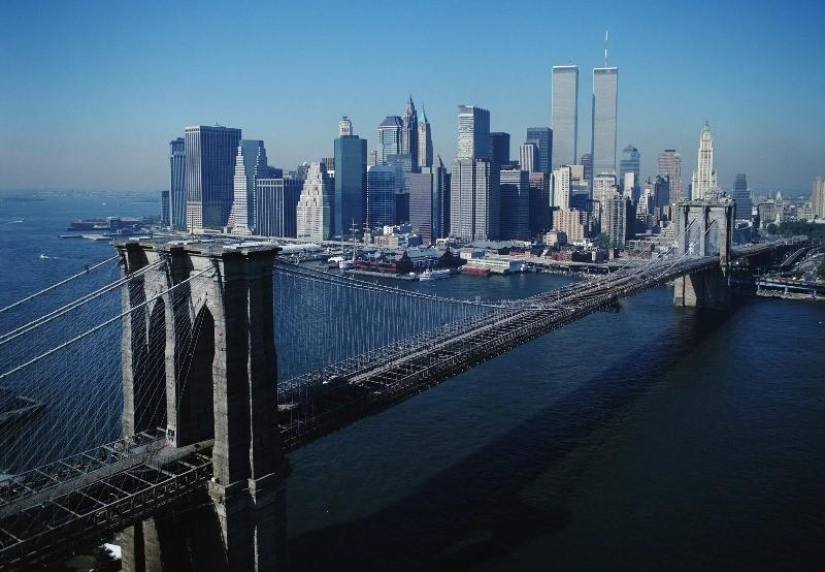
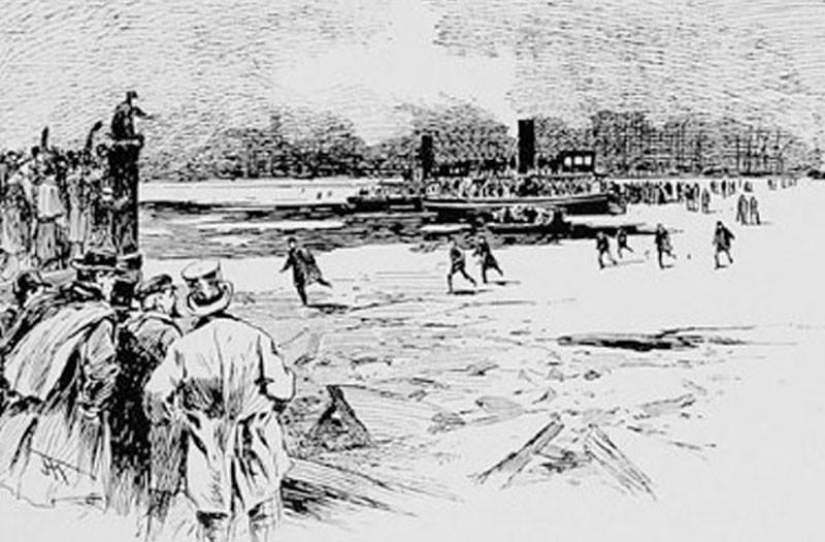
In 1867, New York was very different. There was no Chrysler Building, no Yankee Stadium, no Naked Cowboy, and, most importantly, there were no five districts. Until 1868, Brooklyn, Queens and Staten Island were separate small cities, completely separated from the Big Apple. Many people were still working in Manhattan, which sometimes caused problems for residents of Brooklyn.
If you want to get from Brooklyn to Manhattan, you will have to cross the East River. Then there was no bridge, so people crossed the river on ferries. Everything was fine, but occasionally in winter the river froze. The water was covered with a layer of ice at least five times from 1813 to 1857. The last straw was the freezing of 1867. The ships got stuck in the river, and people had to slide on the ice all the way to work. It became obvious, especially for those who did not know how to skate, that someone should build a bridge as soon as possible.
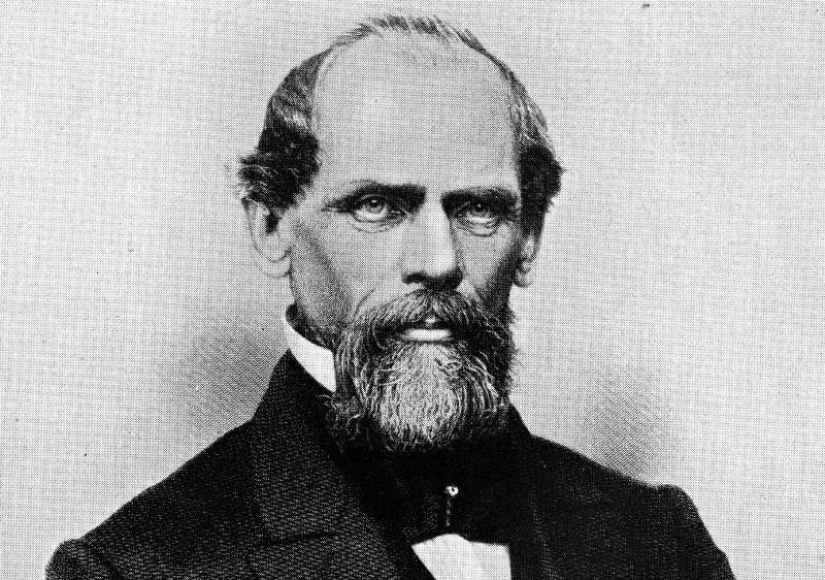
German-born engineer John Roebling hatched a plan to build a suspension bridge before the winter of 1867. The boats could freely pass through the water under the bridge, suspended on strong cables. To start construction, it was necessary to pay a bribe, and after New York State Senator Henry Murphy paid the corrupt politician William Tweed, Roebling began drawing up drawings and choosing materials. But Roebling never finished the Brooklyn Bridge. In fact, he didn't even start it.
One day in 1869, he was interested in looking at the compass readings, and his leg suddenly got stuck between the deck of the ferry and the embankment. The leg was pressed down hard, the bones were broken. This forced the doctor to amputate his fingers. The operation did not help, and a couple of days later, John August Roebling fell into a coma and died of tetanus. The work on the construction of the Brooklyn Bridge passed to his son, Washington Roebling.
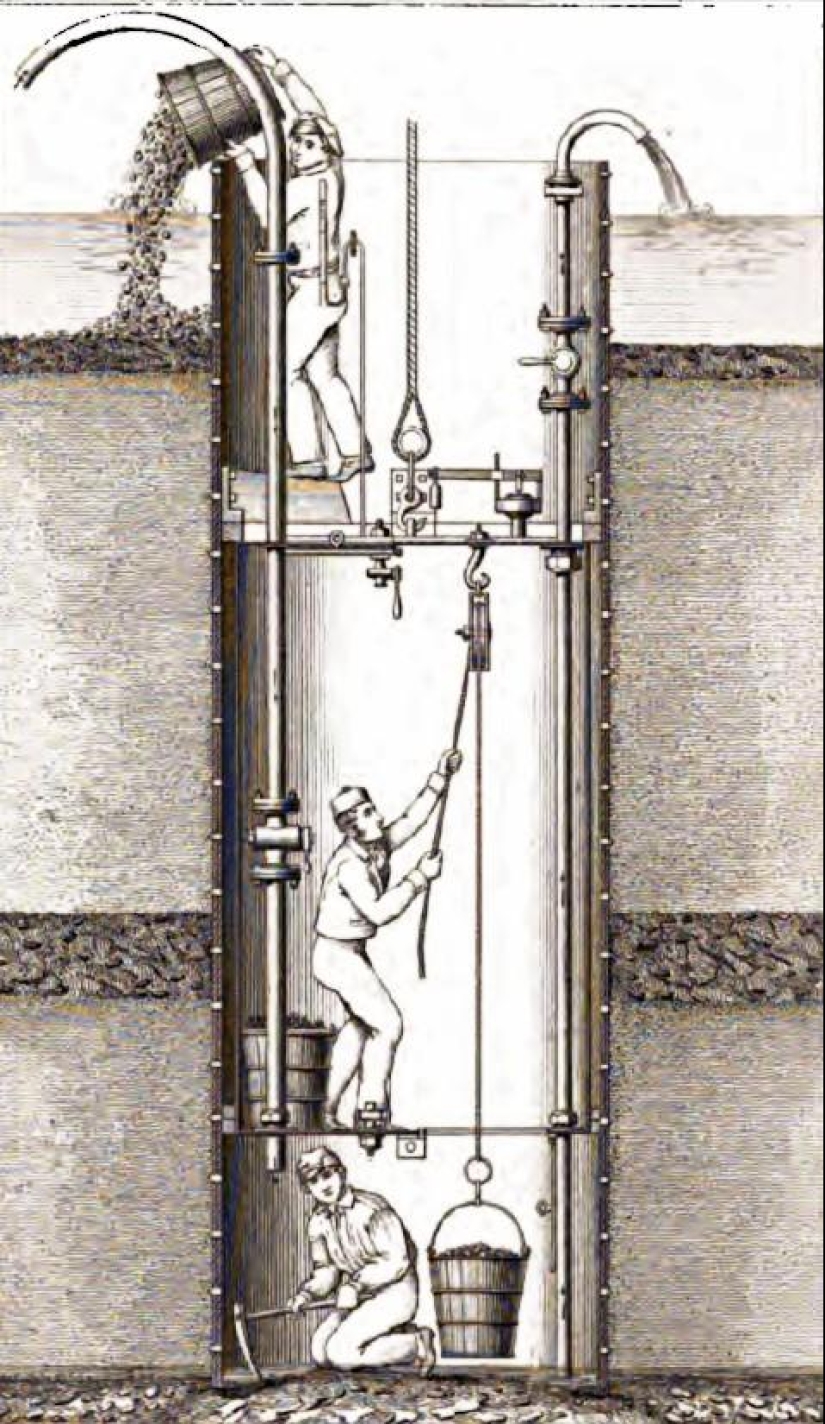
Just like his father, Washington Roebling was a master builder. During the Civil War, he built bridges for the Union Army, and later helped his father with the Cincinnati-Covington Bridge. He was able to do this task, although it was difficult.
The first stage involved the construction of two towers on a solid rock. The workers had to be in the water to get through the silt and lay a granite base. The solution to the problem was not very fun. Roebling decided that his teams would work inside caissons — giant wooden boxes that are submerged under water with the help of granite blocks. Under pressure, oxygen was constantly pumped inside so that the workers, who were nicknamed "sand pigs", could breathe during excavations and demolition work.
As you may have guessed, it was all very dangerous. The caissons were full of compressed air, and the builders were working with dynamite and gas lanterns. This could cause a disaster, and in some cases, a fire. In addition to everything, it was stuffy, which caused the workers to have a headache and a nosebleed. These "sand pigs" earned two dollars a day. The fire was dangerous, but the threat was caisson disease. It appeared suddenly: the workers began to have severe pain in their joints, wild convulsions and vomiting. And even worse: they were sometimes paralyzed.
More than 100 people became victims of the caisson disease, several people died, and many became disabled. Things were particularly bad in the side tower on the Manhattan side. When the workers excavated the rock up to 2 meters, Roebling decided that life is more expensive than money. He recalled the workers, deciding that the ground was strong enough to hold the tower. Fortunately, he was right. The workers had been breathing compressed air all day, so when they swam to the surface, they did not have time to adapt to the new conditions. A sudden decrease in pressure caused by nitrogen bubbles dissolved in their tissues and blood caused severe pain. Today we call this condition decompression sickness.
One of the victims of the caisson disease was Washington Roebling himself. The man responsible for the construction of the Brooklyn Bridge suffered two debilitating seizures and was left partially paralyzed. The Sand Pigs needed a new boss.
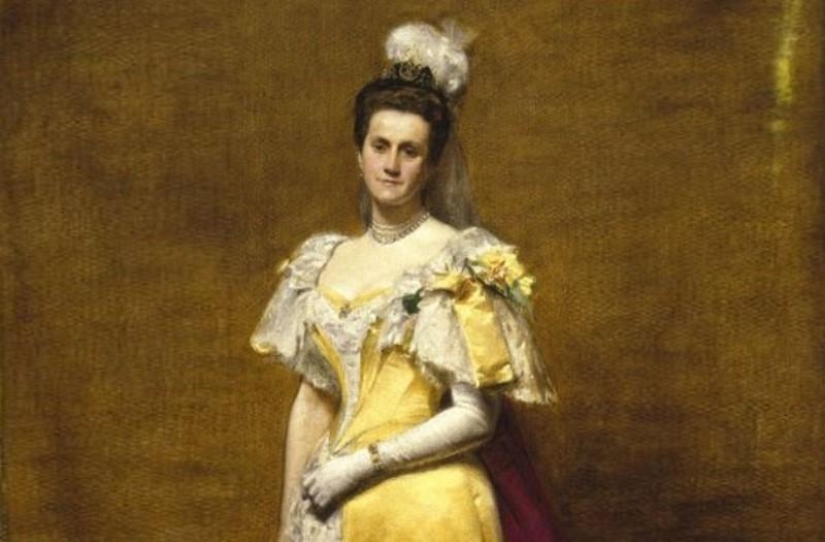
There was a feeling that the Brooklyn Bridge was doing everything to spite the Roblings. Both John and Washington received heaps of dead or wounded during the construction. Paralyzed, as well as partially blind, deaf and mute, Washington could only watch the construction of the bridge from his bedroom window with binoculars. But his mind was in perfect order, and the team needed instructions. And then Emily Warren Roebling appeared in the history of the Brooklyn Bridge. They met at a military dance and got married in 1865, after which she immediately plunged into the world of construction. Already planning the bridge, her father-in-law sent Washington to travel the world to learn more about the caissons.
Emily went further and received a good education in the field of bridge construction. And when John died and Washington became the new boss, she learned everything there was to know about technology. More than anything, she wanted to help her husband with his new job. When John fell ill, she became his messenger. She regularly visited construction sites, giving people John's instructions and solving all issues.
Over time, Emily's role began to change. Soon, the employees began to consider her as the new boss, and as her knowledge and confidence increased, she actually became the chief engineer. She met with officials, held discussions with engineers and trained employees. When the American Society of Civil Engineers decided to replace John, she gave an impassioned speech in defense of her husband. The committee got worried and decided to keep him and Emily at work.
The construction of the bridge took 14 years. Eleven of them were all Emily's responsibility. When it finally opened, on May 24, 1883, she was one of the first to cross it on horseback with the president. New York Congressman Abram S. Hewitt told the crowd that Emily Roebling deserves the same fame as John, who watched the work from his bedroom. Emily lived a happy life and died in 1903. She met Queen Victoria, attended the coronation of Tsar Nicholas II, provided assistance during the Spanish-American War, received a law degree from New York University and raised two children.
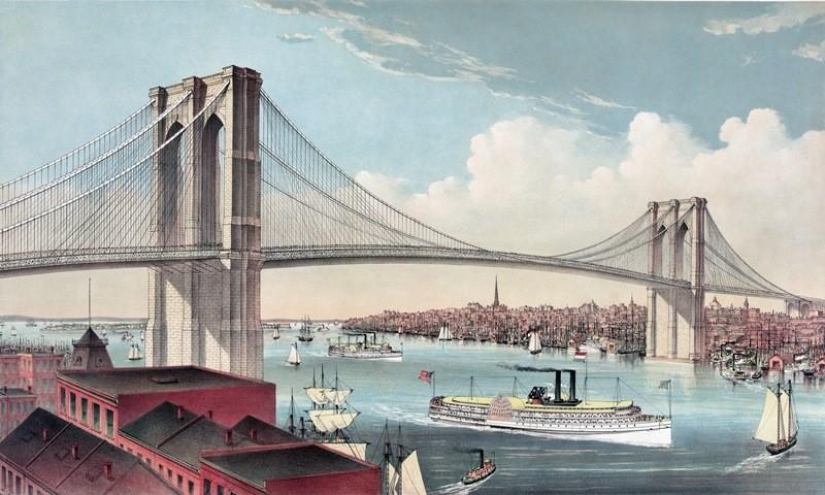
One of the most iconic structures in New York is located next to the Empire State Building and the Statue of Liberty. The Brooklyn Bridge is a vivid example of the engineering art of the XIX century. It stretches for 483 meters across the East River, and its total length is 1814 meters. Even today, these 84-meter-high pillars rising above the water are an impressive sight. If these arches do not impress you, look at the roadbed, which is held on steel cables with a diameter of 40 centimeters, each of which consists of 5434 separate wires. This bridge is strong enough to support 145,000 vehicles every day.
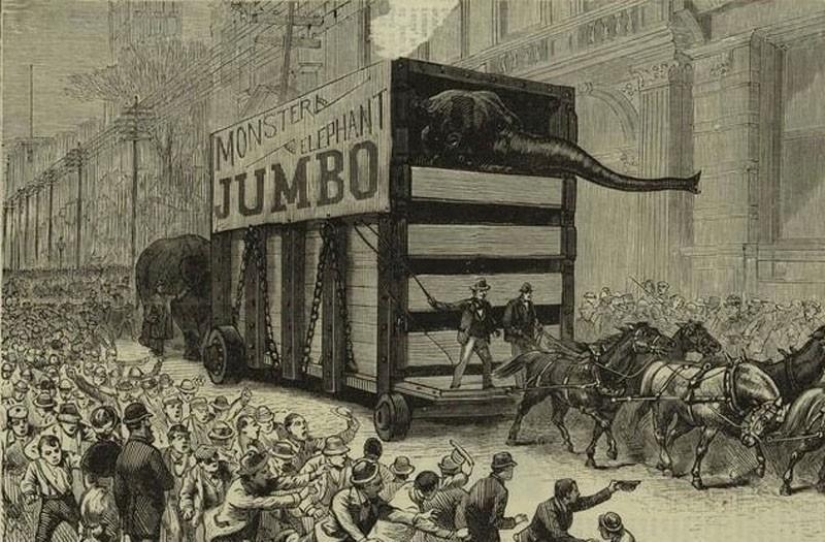
The bridge cost the city about $ 15 million and claimed the lives of 27 people. In addition to the caisson disease, some hapless workers were crushed by falling equipment. One worker died after being knocked down by a loose cable. And on May 30, just a few days after the grand opening, the tragedy happened again. Undoubtedly, the bridge at that time was a miracle of modern technology, but it simply hung over the river while people, horses and carriages passed along it. Therefore, when one woman accidentally stumbled and someone screamed in panic: "The bridge is collapsing!", during the ensuing chaos, 12 people were crushed to death, and 35 were injured.
In the hope of calming everyone down, the authorities turned to P. T. Barnum. The head of the Barnum&Bailey Circus owned one of the most iconic animals on the planet — the Jumbo elephant. Barnum proudly declared that Jumbo is the largest known animal, and the city authorities wanted him to lead the procession across the Brooklyn Bridge. In search of free advertising, Barnum jumped at this opportunity. On May 17, 1884, he led a major parade from Brooklyn to Manhattan. 21 elephants participated in the campaign, followed by 17 camels. At the very end was the African elephant Jumbo himself, 3.5 meters tall and weighing 5.5 tons. Ten thousand people came to see this huge creature, and after witnessing such a spectacle, everyone was finally convinced of the strength of the Brooklyn Bridge.
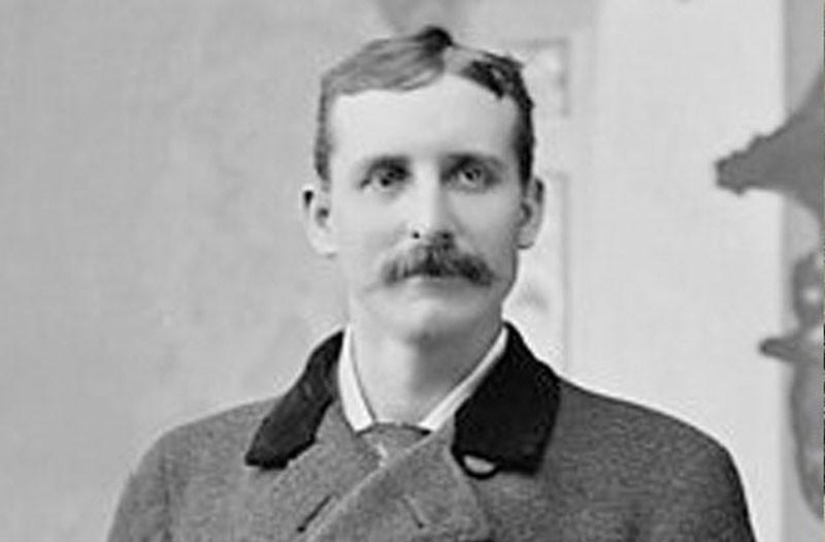
In 1993, a French daredevil named Thierry Devaux successfully jumped off the bridge eight times with the help of a bungee. Just like the Frenchman, Professor Robert Emmet Odlum did not try to commit suicide in 1885. His goal was just the opposite: Odlum was actually trying to save lives.
He generally liked two things: safety and performing dangerous tricks. And one of his biggest problems was convincing people to leave the building during a fire. When the building caught fire, it was possible to jump from the upper floors with insurance to save it, but many were afraid of this, believing that they could suffocate during the fall. Odlum, wanting to refute this erroneous theory, jumped off several bridges. And when the Roblings finished the Brooklyn Bridge, he already knew what he would do. The police were not happy with this plan, and on May 19, 1885, the day of Odlum's jump, representatives of the law appeared on the spot.
Thousands of citizens came to see this spectacle, and vigilant employees, hunting for a potential jumper, checked every car passing through the bridge. Odlum had expected this and had planned a distraction to attract the attention of the cops. While they were busy interrogating the decoy man, the real Odlum went to the railing and jumped down. But everything went wrong. At a height of 30 meters, he turned around and fell sideways into the water. Help was not long in coming — Odlum was put into the boat. He woke up and asked if everything had turned out well. But these were his last words. He died due to broken ribs and a ruptured spleen, liver and kidneys. Nevertheless, he proved his point: it is not the fall that kills, but the landing.
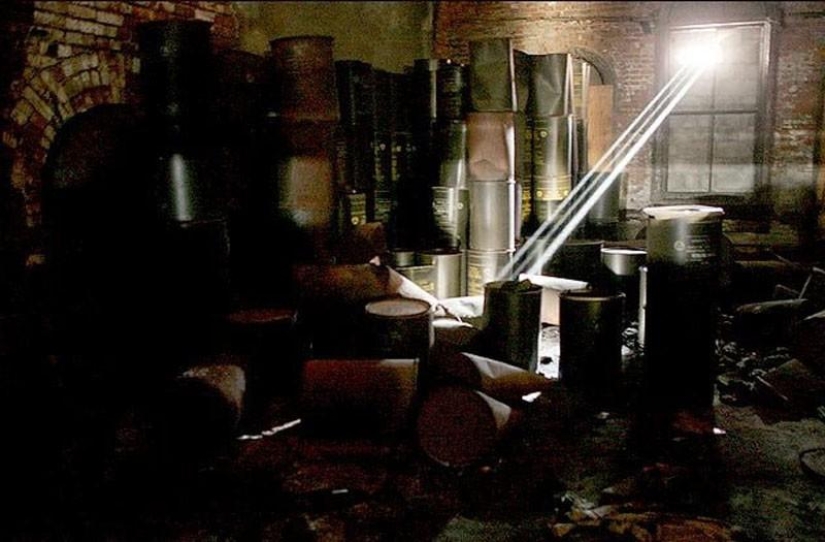
In the 1950s, nervous Americans across the country began to build shelters in case of a sudden Russian attack. After 40 years, the Soviet Union collapsed, no one dropped an atomic bomb, and most New Yorkers stopped thinking about the Cold War until a group of workers checking the Brooklyn Bridge made a fascinating discovery. Inside one of the structures at the entrance to Manhattan, there is a hidden room full of boxes and barrels. On many boxes it is written "For use only after an enemy attack".
They came across a Cold War bunker. It was filled with everything necessary to survive a nuclear disaster. Workers found boxes of medical supplies, a pile of blankets, empty metal drums for storing water or using as toilets and about 352,000 crackers. Almost all the finds date back to 1957 or 1962.
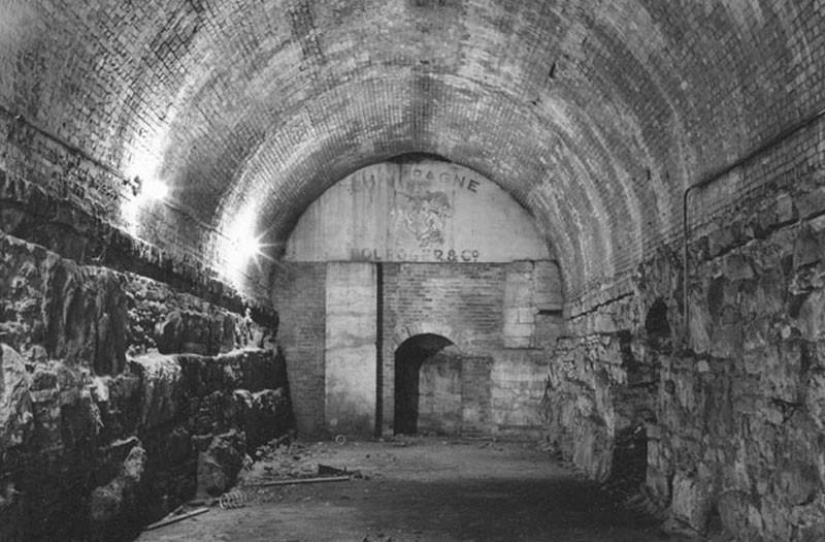
The bunker is not the only secret of the Brooklyn Bridge. On both sides, huge stone caves are hidden under the ramps, the height of which reaches 17 meters. Today they store consumables, and from time to time tramps settle here for the night. And when the bridge was first opened, these mysterious vaults were laid with rows of champagne bottles.
Hoping to return some of the money spent on construction, the authorities leased these vaults to wine merchants who stored goods here. The basements of the Brooklyn Bridge were an ideal place for storing alcoholic beverages: it was dark and cool, the temperature was usually about 15 degrees Celsius.
During prohibition, tools were stored here, but after amendments to the laws, the basements returned to the possession of merchants. Guests came here to drink champagne to the sounds of live music. The walls were covered with a lot of phrases, some of which were in French, German and Italian. But the rest were in English, as well as the eloquent motto, which reads: "Who does not like wine, women and songs is a fool." Each basement had its own name and appearance. For example, one was called the "Blue Grotto", thanks to the statue of the Madonna, who watched everything that happened at parties.

In 2003, an incompetent terrorist prepared a scheme for the destruction of the Brooklyn Bridge. He planned to use a blowtorch to cut each cable. His expectations were not met. Unfortunately, the arc terrorist who saw the bridge was much more successful. Rashid Baz, a 28-year-old Lebanese, was an angry young man who considered himself an Arab soldier and had a cache of weapons in his apartment in New York. The weapon was not for self-defense.
After a doctor named Baruch Goldstein shot and killed 29 Muslims in the West Bank, Baz armed himself to the teeth and went to take revenge. On March 1, 1994, a van full of Hasidic teenagers was crossing the Brooklyn Bridge when Baz started chasing them. He opened fire with a submachine gun on the rear window and side windows of the van. When the gun jammed, he pulled out the gun and continued to shoot until it also broke. Baz injured three students and killed one 16-year-old teenager.
After the crime, Baz and his two partners tried to escape. But soon they were overtaken by the police, and the Lebanese was in court. At first, he admitted that he was crazy, saying that on the bridge he just remembered his childhood in war-torn Lebanon. The jury did not fall for this story and sentenced the killer to 141 years behind bars.
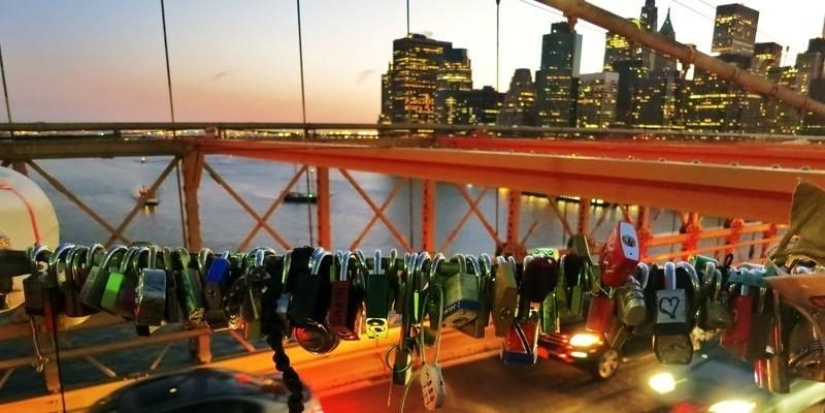
A lot of engaged couples hung locks on the bridge to show their love. Castles have different sizes and shapes, but all have one similarity: each of them has the names of the spouses. After the lock snaps, the lovers throw the key into the East River as a sign of eternal love. But city officials are not happy about this. The bridge is a national monument, so there is no place for castles there. In addition, they can damage the bridge, as it was in Paris. Therefore, two or three times a month, a huge number of locks are taken out of there. As of March 2014, almost 5,600 pieces were cut in less than a year. Let's hope all these lovers are still together.
Keywords: North America | History | Bridge | Design and architecture | Life
Post News ArticleRecent articles

There are dolls very similar to living people. And there are so realistic that their appearance can only be explained by magic. ...

Japan is deservedly considered one of the safest countries in the world. Even organized crime there has a "human face" ...
Related articles

A music album is not only a collection of tracks, but also an example of fine art. Each cover carries a certain meaning, and behind ...

In November 69 BC, she was born Cleopatra, the last Queen of Egypt from the Macedonian dynasty of the Ptolemies. Cleopatra, perhaps ...

A good sniper doesn't have to be a career soldier. This simple postulate was well understood by the Red Army soldiers who ...

Famous British photographer Bob Carlos Clarke was born in an Irish corps in 1950. In 1969 he moved to England to study art and ...